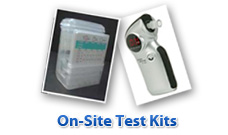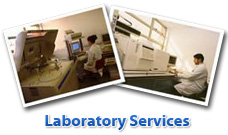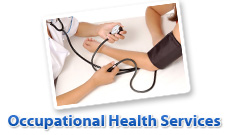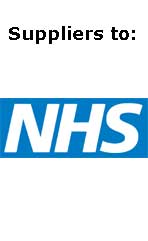Drug and Alcohol Information At Work
Spurred by a need to guarantee well-being, safety and health of contractors and employees, workplace substance misuse testing has gradually become increasingly common throughout Great Britain. Having said that, there still persist a significant number of misunderstandings relating to the system, that can possibly result in an uneasiness amongst the staff being screened.
Drug and Alcohol Information At Work – So, where is the hazard?
Numerous people suppose that the influence of alcohol and drugs in the working environment is a very minor concern. Pretty much everybody has been exposed to Christmas drink-driving commercials and as a consequence, bear in mind that drink-driving and drug-driving is risky, so isn’t it possible to rely upon most people’s common sense? Unfortunately, as much as 50% of all industrial and road fatalities around England and Scotland relate to drinking, illicit drugs, or a combination of both. Latest information reveal that in excess of two thirds of substance abusers are in full-time work, indicating that the average illegal drug user is, basically, the typical member of staff. New Home Office information estimate the volume of 16 to 29-year-olds that have engaged in drugs in the most recent 12 months at a significant fifty percent of that age range. As a result, this shouldn’t be viewed as somebody else’s problem, because it involves almost every working environment. Whilst the use of illicit drugs doesn’t by default point to risk-taking and irresponsibility within the work environment, it does greatly broaden the probability of incidents and accidents, attendance issues and absenteeism, a decrease in productivity, damages to equipment and stock, being involved in a lawsuit and a more substantial turnover of employees.
Drug and Alcohol Information At Work – What is realistic? Isn’t random drug screening rather complicated?
Many businesses only perform diagnostic tests after an industrial accident, an incident, or when they find reasonable grounds for concern that a member of the workforce may potentially be unsafe or unfit to be operating machinery. Because of the vast cross section of potential hazards associated with heavy industrial sites, many employers see it as being wholly prudent to carry out workplace drug screening on these occasions, as a measure to prevent them occurring again.
On the other hand, random drug and alcohol tests brings drug screening a stage further, wherein a predetermined sample of the employees is randomly selected to provide a sample. This could be seen as intrusive, however, it is actually pretty normal for only five percent of the staff to be drug screened up to once in every year. This would mean that just one in 20 individuals being tested, or maybe, as an employee, your probability of being screened would be once every 20 years. As amazing as it sounds, this style of minimal screening has been shown to lower positivity rates from as much as 46% down to a low of two percent in as little as only a couple of months. This indicates that the average drug abuser within the work environment is not addicted to drugs, but is purely making decisions about their lifestyle which may be adjusted towards a more agreeable outcome.
Drug and Alcohol Information At Work. Could this be seen as a violation of freedoms?
Although certain individuals on the payroll are hesitant at first regarding the thought of on-site drug testing, most recognise that this is primarily undertaken in order to improve upon the health and safety of everyone within the workplace. Provided the extent of testing is comparable to the possible dangers within the work environment and does not specifically interfere with staff time outside of work, it should not represent a danger to employee human rights. When it comes to America, more than ninety eight percent of the most successful 1000 organisations drug and alcohol test their staff without any issues.
So where is the danger when using substances away from work?
Numerous illicit drugs have established a less dangerous image due to their frequent coverage throughout the country’s television, radio and newspapers. Sure enough, terminologies including “recreational cocaine use” are responsible for a great deal of harm due to it downplaying the risks to people. For a lot of young people, cocaine is much more habit forming than heroin and, for this reason can not be taken on a recreational basis without having substantial threat of dependency. Addiction aside, the purity of cocaine has decreased from a typical 45% cocaine content in 2004 to a mere twenty five percent purity as of 2010 (with the purity of cocaine being as low as 9 percent being reported currently). Even more alarmingly, the added cutting agents that dealers use to add mass to the cocaine powder often range from dangerous anaesthetics, cancer-causing chemicals, animal worming chemicals, through to cockroach insecticide. The underlying message is that you can never ever rely upon a drug dealer.
In fact, substances previously deemed to be soft drugs nevertheless carry risks. Right now in England and Wales, 92% of individuals accepted for therapy for mental health problems are heavy users of cannabis. With this in mind, drug screening in the workplace genuinely has the potential to tackle wider social and mental health issues when it eventually is more common.
To discover more about drug screening in the workplace and also home drug testing kits, browse through www.drug-aware.com
Information on the author: Christopher Evans is the Technical Director of Drug-Aware Ltd, a supplier of Drug and Alcohol Information At Work, drug and alcohol testing devices, lab services as well as drugs awareness training. He has personally trained literally thousands of delegates across hundreds of companies, HM Prison Service, the British police and hospitals across the UK.








